When most people think of strength training, they imagine lifting heavy weights and building muscle. But what if you could also improve your flexibility, posture, and daily movement—all through smart, simple strength routines? Contrary to popular belief, strength training doesn’t make you stiff. In fact, when done correctly, it enhances flexibility, joint health, and overall mobility.
This beginner-friendly guide breaks down how to combine strength and flexibility in just 15–20 minutes a day. You’ll learn short routines, build sustainable habits, and follow evidence-based practices that support long-term health.
Many assume stretching is the only way to become more flexible. However, research shows that strength training—especially through full ranges of motion—can improve flexibility just as effectively, if not better, than static stretching alone.
A 2019 meta-analysis published in the Scandinavian Journal of Medicine & Science in Sports found that resistance training led to significant improvements in joint range of motion, comparable to traditional stretching programs. This happens because strengthening muscles across their full length increases neuromuscular control and reduces stiffness.
For example, performing bodyweight squats with proper depth strengthens the quads, glutes, and hamstrings while simultaneously improving hip and ankle mobility. Over time, this leads to better posture, reduced injury risk, and freer movement.
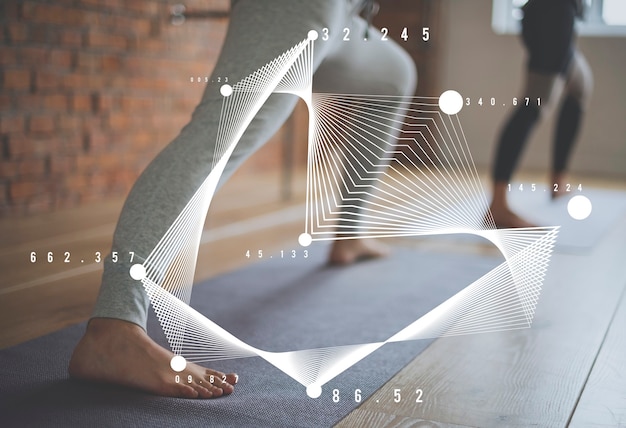
Success in strength and flexibility doesn’t come from intense, infrequent workouts. It comes from consistency. These simple daily habits can make a big difference:
This full-body routine builds strength and flexibility using only bodyweight. Perform each exercise for 45 seconds, rest 15 seconds between, and complete 2 rounds.
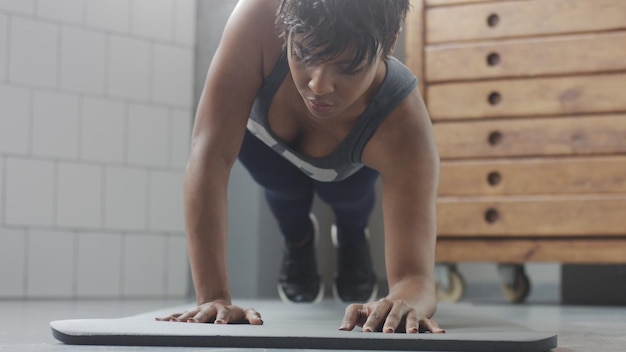
One of the biggest mistakes beginners make is doing too much too soon. Instead, focus on form, control, and consistency. Here’s how to progress safely:
Strength training improves flexibility through several mechanisms:
These benefits go beyond the gym. You’ll notice easier bending, lifting, walking, and even sitting with less discomfort.
The goal isn’t to become a bodybuilder or gymnast. It’s to move better, feel stronger, and stay independent as you age. By integrating short strength sessions and mindful movement into your day, you build resilience naturally.
Remember: flexibility isn’t just about touching your toes. It’s about living without limitations. And strength training, when done right, is one of the best tools to get there.

Fitness

Fitness

Fitness

Fitness

Fitness

Wellness
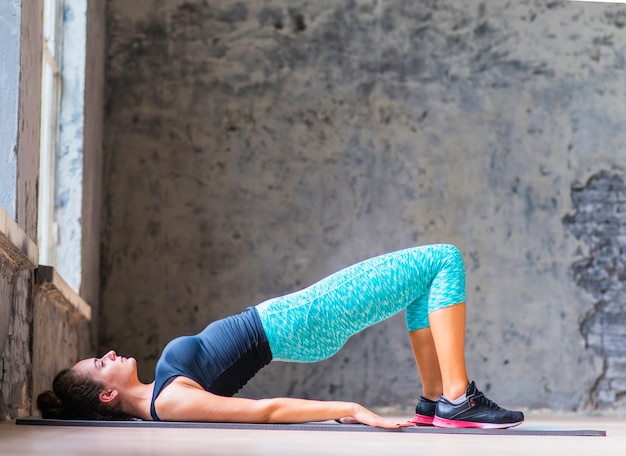
Fitness

Fitness

Fitness
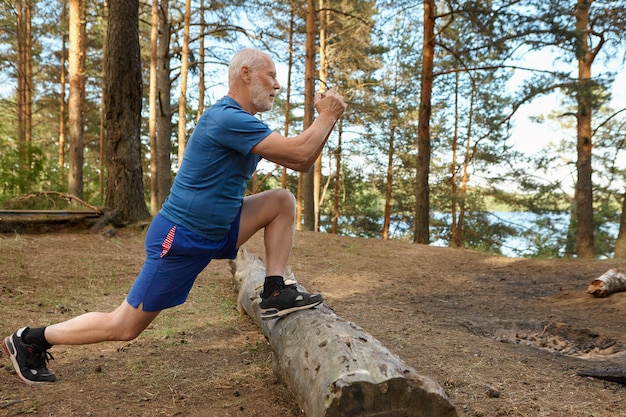
Fitness

Health
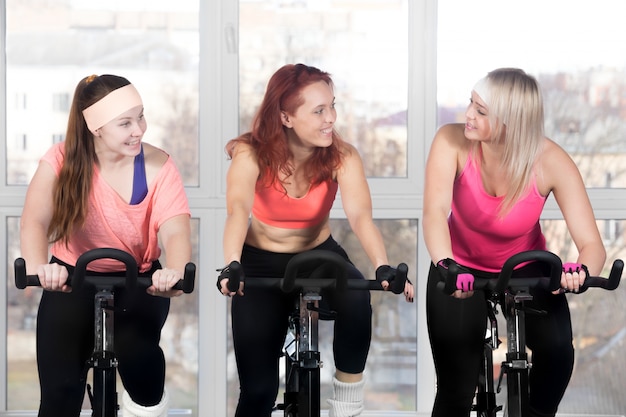
Fitness

Health

Fitness

Health

Health